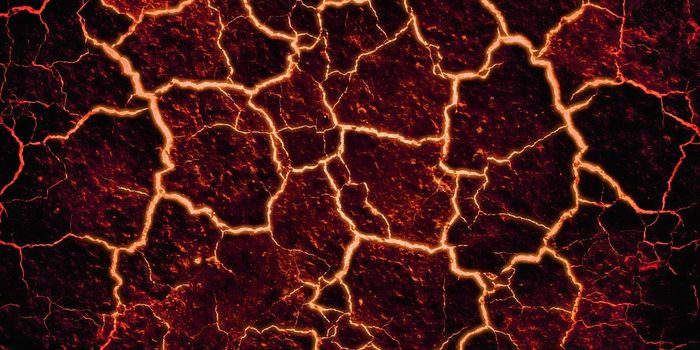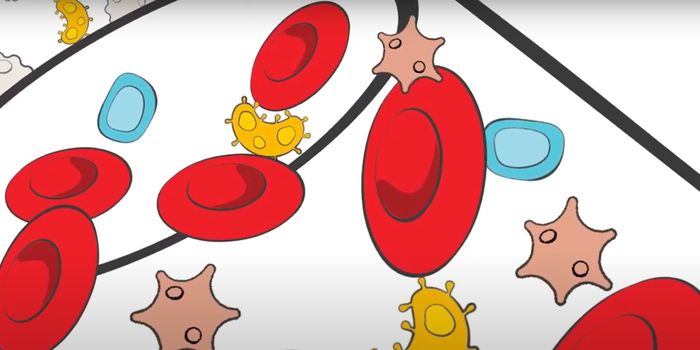Get the Facts on Aneurysms
When the wall of an artery gets weak, it can widen or balloon abnormally into an aneurysm. That can happen anywhere, but the most common locations include the major artery from the heart - an aortic aneurysm, in the brain - a cerebral aneurysm, or the intestine - a mesenteric artery aneurysm.
The causes are unknown, but a family history, smoking, or high blood pressure can each increase the risk. While some people can be born with them, aneurysms can also slowly build over the years, without causing symptoms. The Brain Aneurysm Foundation estimates that about six million Americans have an undiagnosed aneurysm. They can be diagnosed with ultrasounds, CT scans, or angiograms.
If an aneurysm ruptures, it is a dangerous medical emergency. Symptoms of a ruptured aneurysm may include dizziness, nausea, vomiting, pain, shock and low blood pressure. About 30,000 people experience a ruptured aneurysm every year, around fifteen percent die before they get to the hospital (primarily because of damage caused by the intial bleeding in the brain).
Sources: American Heart Association, Brain Aneurysm Foundation








